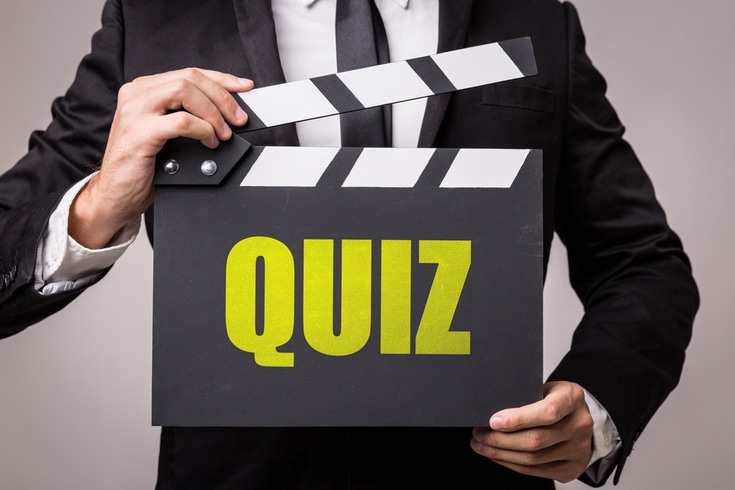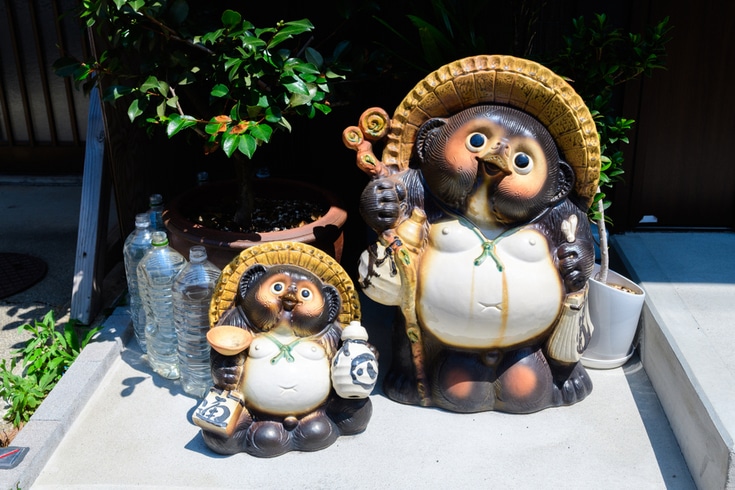'Examples of 'Copyright Law' Where Quotation is Considered Infringement (Text and Image Edition)'
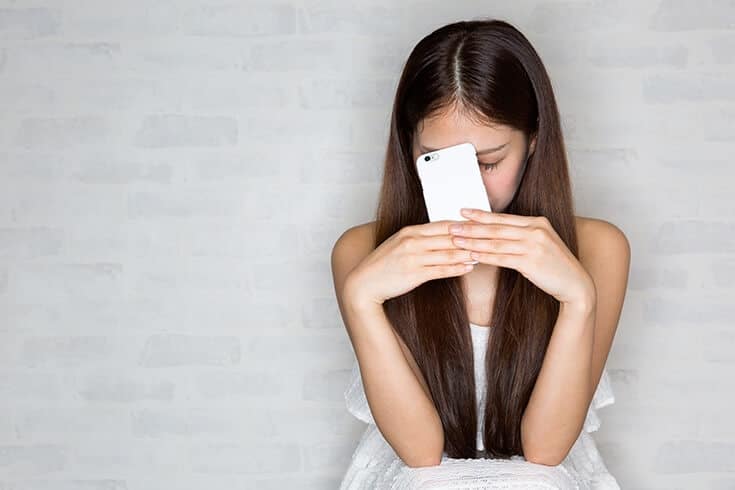
There may be instances where the reproduction, modification, or publication of copyrighted works does not constitute copyright infringement, depending on the circumstances and purposes.
The “Japanese Copyright Law” provides detailed regulations on when copyrighted works can be freely used. For example,
- Reproduction for private use (Article 30)
- Reproduction in libraries, etc. (Article 31)
- Publication in textbooks, etc. (Article 33)
- Reproduction for examination questions (Article 36)
Along with these, the use of copyrighted works within a legitimate range is also permitted under “Quotation of published works (Article 32)”.
In this article, we will explain how quotations are judged in actual court cases.
What is Quotation?
Quotation refers to the act of incorporating someone else’s work into your own work, such as including someone else’s text in your thesis to reinforce your argument and explaining it. This includes incorporating other people’s artistic works or elements into your own work.

Quotation is done without the permission of the rights holder, but it is a legal act permitted under Article 32 of the Japanese Copyright Law (著作権法第32条), and the rights holder cannot refuse the quotation. The rights holder can only refuse illegal unauthorized reproduction that does not meet the requirements of quotation under the Copyright Law.
1. A work that has been made public can be used by quoting it. In this case, the quotation must be in accordance with fair practice and must be made within the legitimate scope of the purpose of the quotation, such as news reporting, criticism, research, etc.
Article 32 of the Japanese Copyright Law (著作権法第32条)
Requirements for Appropriate Quotation
In Article 32 of the Japanese Copyright Law (著作権法第32条), there are requirements such as “in accordance with fair practice” and “within the legitimate scope of the purpose of the quotation”. According to numerous precedents, the following practical criteria are indicated for determining whether a quotation is legal or not.
- The work has already been “made public”
- It is “in accordance with fair practice”
- It is “within the legitimate scope” for the purpose of quotation such as news reporting, criticism, research, etc.
- The “master-servant relationship” between the quoted part and the rest is clear
- The “quoted part” is clearly indicated by quotation marks or the like
- There is a “necessity” to quote
- The “source” is clearly stated
Among these, the requirement to clearly state the “source” is stipulated in Article 48 of the Japanese Copyright Law (著作権法第48条), and failure to do so is considered plagiarism.
Methods to clarify the quoted part include not only quotation marks but also changing paragraphs, listing reference numbers or reference symbols using the author’s name of the reference literature at the relevant place, etc.
Also, if it is not recognized as a “quotation” and is considered illegal unauthorized reproduction, etc., you may be sentenced to imprisonment or a fine based on the penalties stipulated in Article 119 and subsequent of the Japanese Copyright Law (著作権法第119条以降).
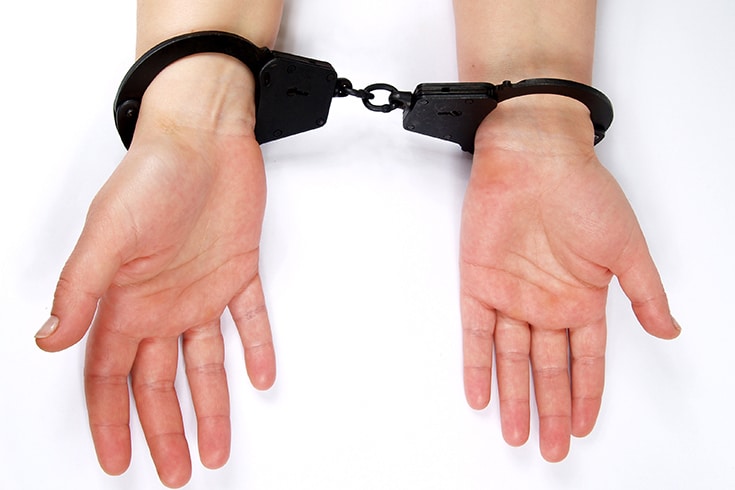
Lawsuit Over Quotations on Twitter
The plaintiff, a manufacturer of flavor liquids for electronic cigarettes, had set up a Twitter account and posted profile and header images on the account.
A user of the account in question posted a critical article about the plaintiff’s liquid and was subsequently blocked by the plaintiff. In response, the user criticized this blocking action, posted a message on Twitter calling for caution when purchasing the liquid sold by the plaintiff, and posted a screenshot of the screen showing that the plaintiff’s account had blocked the user of the account in question.
Furthermore, when the user of the account in question asked the plaintiff for the reason for the block and posted a video of the plaintiff’s response on Twitter, a still image of a screenshot of part of the video was posted along with a text describing the plaintiff’s response in the video. The plaintiff’s profile and header images were displayed in the upper right corner of this image.
In response to these seven posts, the plaintiff filed a provisional injunction order with the Tokyo District Court. Based on the provisional injunction decision, Twitter Inc. disclosed the IP address and timestamp, and the plaintiff, in response to this, requested the intermediary provider to disclose the sender’s information.
https://monolith.law/reputation/indentify-poster-twitter-attorney-fee[ja]
Court Proceedings
The plaintiff sought disclosure of the sender’s information in order to claim damages, alleging that an unidentified person had infringed the plaintiff’s right of public transmission (Article 23, Paragraph 1 of the Japanese Copyright Law) by posting the plaintiff’s profile and header images listed in the attached list of copyrighted works on Twitter without permission, and that the same person had infringed the plaintiff’s right of portrait and honor by posting on Twitter a still image of a part of a video taken by the plaintiff, which included the profile and header images.
The defendant, the intermediary provider, argued that the profile images, etc., did not constitute copyrighted works, and that even if the images posted in each post were images taken in a state that included the profile images, etc., they would fall under the fair quotation stipulated in Article 32 of the Japanese Copyright Law.
On the other hand, the defendant argued that:
- The profile images, etc., are posted as they are, and the plaintiff’s account name and username, which are the sources of the profile images, etc., are clearly indicated.
- The images of the plaintiff included in these images can be clearly distinguished and recognized as part of the post by the sender.
- Among the posts, the portion of the profile images, etc., is very small, and the part of the post by the sender is the main part, and the part of the profile images, etc., is the subordinate part.
The defendant also argued that “the sender made each post for the purpose of posting the previous exchange in order to convey his/her argument more clearly and persuasively to the general reader, and not only is the necessity and usefulness of the post recognized, but the method is also within a reasonable range in terms of social norms,” based on the content of the criticism of the plaintiff’s account user’s blocking of the user of the account in question without a valid reason and the call for caution to those who purchase the liquid from the plaintiff.
Judgment of the Court
The court first recognized that the subject of the profile image was the plaintiff, and that the plaintiff had received permission to use the illustration of a woman in the header image, and that it was used in the plaintiff’s business. Therefore, the court recognized that the plaintiff had created the profile images, etc., and that the copyright belonged to the plaintiff.
Then, regarding the success or failure of fair quotation, the court stated that considering the purpose and content of each post, which repeatedly criticized the plaintiff for blocking the user of the account in question and called for caution when purchasing the liquid sold by the plaintiff, it could not be recognized that there was a necessity for the user to post the profile images, etc., and the still image on Twitter.
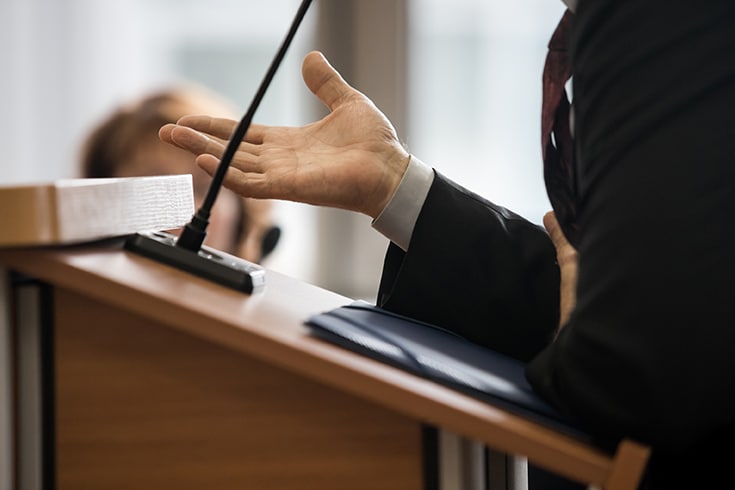
Furthermore, considering that the profile images, etc., are displayed in a prominent manner on the entire screen, and that they can be viewed in a size that can be the subject of appreciation independently on the screen of a mobile phone by operation, it cannot be said that the profile images, etc., quoted in each post are subordinate and the other descriptions are main.
Then, the court stated:
“In light of the above, it cannot be recognized that the method and manner of quotation in each post is within a reasonable range in relation to the purpose of quotation in terms of social norms, and there are no circumstances sufficient to recognize that the use of the profile images, etc., by quotation conforms to fair practice. Therefore, it cannot be said that the posting of the profile images, etc., in each post falls under fair quotation.”
Tokyo District Court, February 12, 2020 (2020) Judgment
The court ruled that it was clear that the plaintiff’s right of public transmission was infringed, and ordered the intermediary provider to disclose the sender’s information.
Even if the “source” is clearly stated and the “quoted part” is clearly defined, if there is no “necessity” to quote, if the “main-subordinate relationship” is not clear, if it cannot be said to be “within a reasonable range” for the purpose of quotation, and if it cannot be recognized as conforming to “fair practice”, it cannot be recognized as a fair quotation.
https://monolith.law/reputation/copyright-property-and-author-by-posting-photos[ja]
Summary
The reason why quotations are permitted is that if we were to require the permission of the copyright holder in all cases, and pay usage fees if necessary, it could hinder the fair and smooth use of cultural assets such as copyrighted works. This could potentially contradict the purpose of the copyright system, which aims to contribute to the development of culture.
On the other hand, the conditions for quotation are strictly defined to prevent unfair infringement of the rights of copyright holders and others. You must meet strict criteria. As it is often difficult to determine whether or not there is a copyright infringement, please consult with an experienced attorney.
Category: Internet



